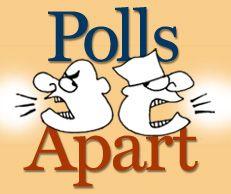 | « Back to article | Print this article |
 Before the euphoria of 130+ seats created by the exit polls, the Gujarat elections had posed three-stage challenges for Chief Minister Narendra Modi. To cross the 100 mark, to increase the seat share i.e. 117 + seats and to go beyond 130-135 seats.
Before the euphoria of 130+ seats created by the exit polls, the Gujarat elections had posed three-stage challenges for Chief Minister Narendra Modi. To cross the 100 mark, to increase the seat share i.e. 117 + seats and to go beyond 130-135 seats.
The first challenge was almost theoretical as the possibility of going below 100 seats was very low. It would have clamped Modi in the state. Adding the present number of seats was essential for Modi to support his national ambitions and counter the forces, especially inside his own party. Going beyond 130 would be a clear and sweeping message that he will be the prime ministerial candidate for the Bharatiya Janata Party in 2014.
Going by the available election results and trends, Modi seems to have cleared the first two challenges successfully, of course with the active help of the Gujarat Congress. The state Congress has failed miserably in providing the people of Gujarat a trustworthy and credible alternative. The message became loud and clear from the defeat of its top leaders Arjun Modhwadia and Shaktisingh Gohil.
In normal circumstances, the 120+ victory might have been interpreted as a Modi-magic or a Modi-wave. But it needs to be kept in mind that several ministers like Dilip Sanghani, Fakirbhai Waghela, Jaynarayan Vyas and Praful Patel have lost which wouldn't be the case, had there been a pro-Modi wave. The results have shown that the voters of Gujarat have rejected the state Congress as an alternative and a workable option for Modi.
Urvish Kothari is a senior journalist who has been writing blog style posts on the Gujarat election